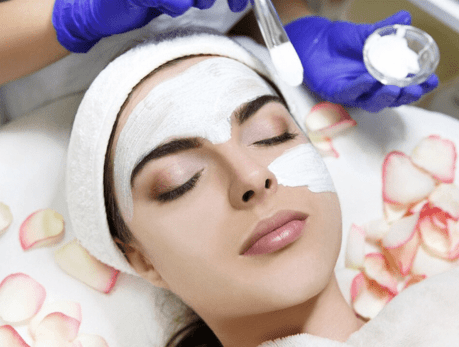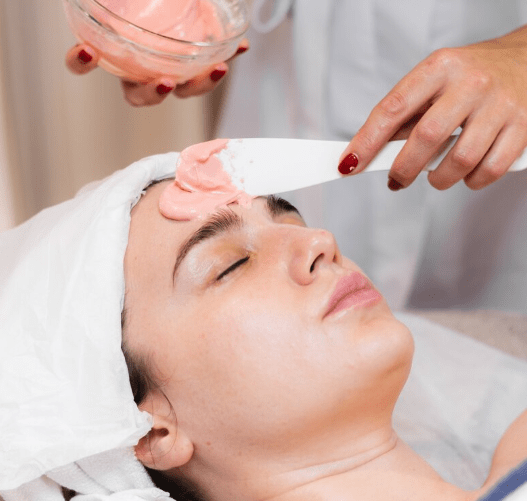Ptosis surgery is an effective treatment for drooping upper eyelids, restoring both function and facial balance. While the procedure itself is relatively quick and safe, recovery plays a critical role in achieving optimal results. Understanding the healing timeline, what’s normal, and how to take care of your eyes post-surgery can ease anxiety and help ensure a smooth recovery.
In this article, we’ll break down the typical recovery timeline after ptosis surgery and explain what to expect at each stage.
🕒 Recovery Timeline After Ptosis Surgery
⏱️ Day 1: Immediately After Surgery
- Anesthesia wears off within a few hours.
- You may experience:
- Mild pain or discomfort (manageable with over-the-counter pain relievers)
- Swelling and bruising, especially around the upper eyelid
- Blurry vision due to protective ointment applied to the eye
- Eyelid may appear overcorrected or undercorrected at first—this is normal as the tissues are still swollen.
Tips:
- Use cold compresses every 1–2 hours while awake
- Keep your head elevated, even when sleeping
- Avoid touching or rubbing the eyes
📆 Days 2–5: Early Healing Phase
- Swelling and bruising may peak around day 2 or 3
- Eyes may feel tight, itchy, or gritty
- You may notice:
- Temporary asymmetry in the eyelids
- Mild dryness or tearing
Medications and Care:
- Apply prescribed eye ointments or antibiotic drops
- Continue ice compresses
- Avoid strenuous activity and heavy lifting
Suture Removal:
- If non-absorbable sutures were used, they are typically removed between day 5 and 7
🗓️ Week 2: Visible Improvement
- Bruising and swelling begin to subside noticeably
- Most patients feel comfortable returning to:
- Work
- Light exercise
- Daily activities (excluding eye makeup or contact lenses)
Still Avoid:
- Rubbing your eyes
- Swimming or submerging the face in water
- Direct sun exposure (wear sunglasses outdoors)
🗓️ Weeks 3–4: Steady Healing
- Eyelid height becomes more stable
- Vision typically improves if ptosis had obstructed the upper visual field
- Scars begin to fade and blend into the natural eyelid crease
At this stage:
- You may be cleared to wear contact lenses again
- Eye makeup can usually be resumed if the incision is healed
- Resume more vigorous activities if your surgeon approves
🗓️ 1–3 Months: Final Results Begin to Show
- Eyelids settle into their final position
- Symmetry improves, although minor differences are common
- Any remaining tightness or numbness gradually disappears
Possible Residual Effects:
- Very slight asymmetry or lid height differences
- Mild scar firmness (usually temporary)
⏳ 3–6 Months: Complete Recovery
- Full healing is typically achieved by 3 to 6 months
- Scars are usually barely visible and eyelid movement normalizes
- Any overcorrection or undercorrection persisting beyond this point may be evaluated for possible revision surgery, though it is rarely needed
🔍 Common Post-Surgery Concerns
➤ Swelling or Bruising
Normal: Peaks around day 2–3
Resolves: Within 10–14 days
➤ Asymmetry
Minor asymmetry is common early on but usually improves. Significant differences should be monitored by your surgeon.
➤ Eye Dryness
Some patients experience dry eye symptoms that improve with lubricating drops.
➤ Blurred Vision
This is often temporary due to ointments, swelling, or post-op dryness.
🩺 When to Call Your Surgeon
While complications are rare, contact your doctor if you experience:
- Sudden, severe swelling or pain
- Bleeding that doesn’t stop with gentle pressure
- Pus or yellow discharge from the incision
- Fever or chills
- A sensation of loss of vision or double vision
🧴 Tips for a Smooth Recovery
- Follow all post-operative instructions exactly
- Attend all scheduled follow-up appointments
- Avoid rubbing your eyes or applying pressure to the eyelids
- Use UV-protective sunglasses outdoors to protect the healing skin
- Eat a nutrient-rich diet to promote tissue healing
✅ Final Thoughts
Recovery after ptosis surgery is generally straightforward and well-tolerated, with most people returning to normal life within a week or two. While swelling and minor asymmetry may occur in the early stages, final results are typically visible by 6 to 12 weeks, with continued refinement over several months.
If you’re considering ptosis correction, knowing what to expect from recovery will help you prepare physically and mentally—and give you peace of mind during the healing process.




